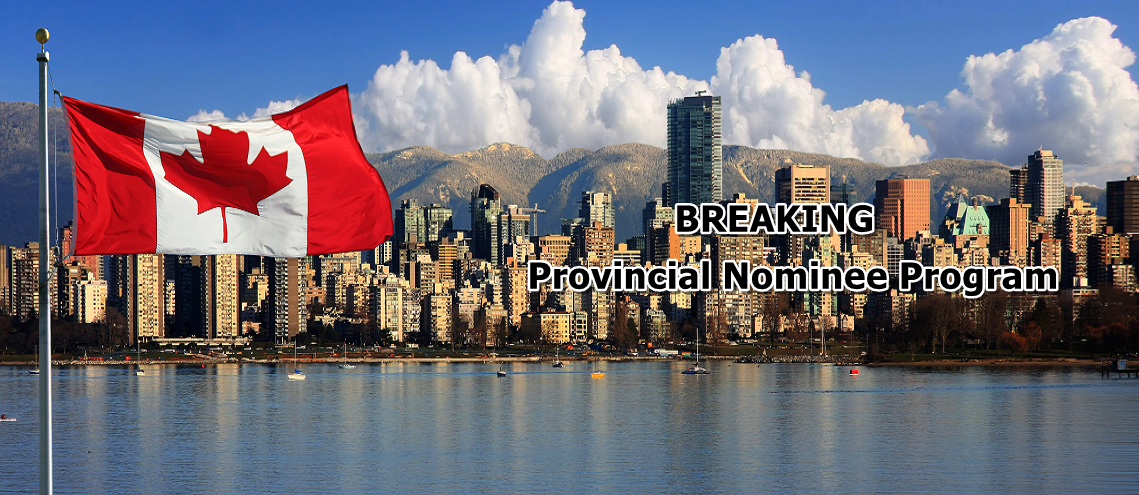In the next three years, the Provincial Nominee Program and the High Skilled economic immigration programs will play a significant role in the migration strategy of Canada. These two systems, which are currently under the Canada Express Entry system, will be actively involved in welcoming new permanent residents to the country.
The ultimate goal of these programs is to boost the number of residents up to 160,000 by 2021. Compared to the target of 129,900 set by both programs in 2018, this will be a 23 percent increase. Over the three years, the systems will oversee the welcoming of 44 percent of 1.3 new residents expected to immigrate to Canada.

The Federal High Skilled programs candidates are linked up based on human capital factors like education, age, language proficiency and professional experience. The higher the points an individual has, the more likely their eligibility to apply for permanent residency through the Express Entry poll.
Provinces and territories normally have at least one PNP stream, they are therefore allowed to nominate economic immigration candidates annually. Any individual nominated by a province will get 600 extra points on their score. Additionally, they also have a higher chance of receiving an invitation to apply for permanent residency in Canada.
The Express Entry system is the catalyst for economic immigration to the country. For instance, in 2017, 13,531 out of the total 49,724 admissions of new residents were Express Entry-linked PNP. According to the Immigration, Refugees and Citizenship Canada (IRCC), this was a 73% increment from the previous year.
Since the year 2017, the economic immigration programs are responsible for 60% of admissions in Canada, and the government intended to keep it that way for the next three years.






